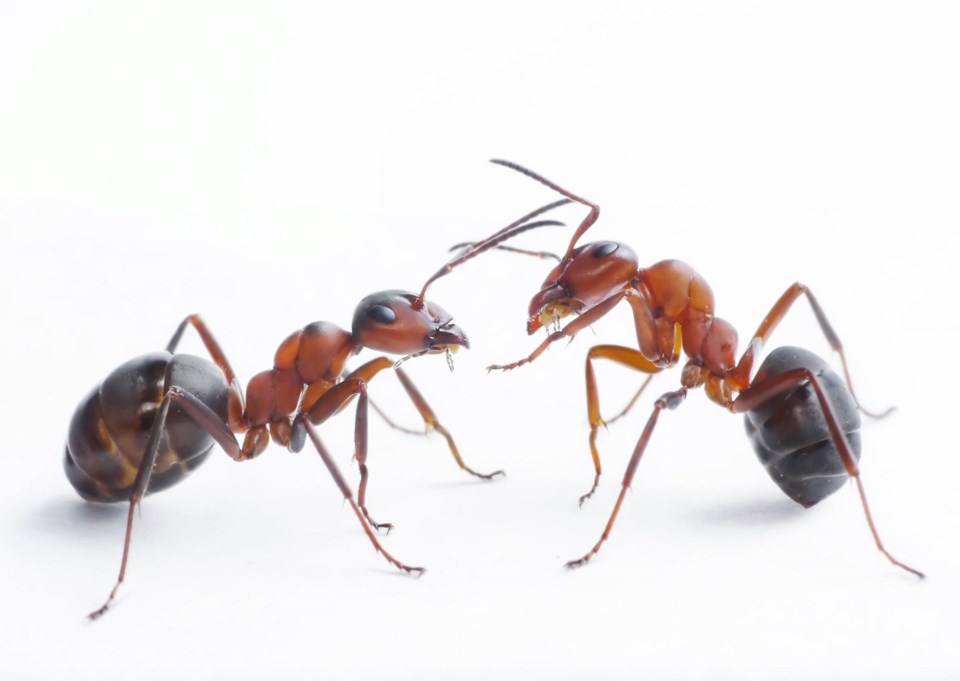Those suffering from entomophobia would do best to move along.
But for those still reading, get ready for a greater influx of the creepies and crawlies this summer.
From mosquitoes to termites, this year’s erratic winter has created ideal breeding grounds for household pests, according to Orkin Canada.
The pest control company says that an unusually warm winter coupled with rapid snowmelt and bouts of heavy rainfall means the resulting slush, soggy soil and flooding will impact pest behaviour this season.
“The increased soil saturation and flooding risks not only create suitable breeding conditions for certain pests, but can also flush them out of their natural habitats towards residential properties, where they may pose health risks, compromise building structures and eventually turn into bigger infestations,” Orkin Canada entomologist Dr. Alice Sinia said in a release.
To that end, the national pest control company has released its predictions for the top nine pests to expect this summer.
- Ants can contaminate food and beverage products, and certain species like carpenter ants can cause damage by tunnelling through wood, insulation and electrical cables while establishing their colonies.
- Ticks populate throughout the spring and summer and are known to transmit bacteria and viruses to both humans and animals. Black-legged ticks (commonly known as deer ticks) are commonly found in grassy areas, and can transmit Lyme disease.
- Rodents may see an increased survival rate due to the mild winter. These pests can bring ecto-parasites, such as mites, fleas, lice and ticks into your home, as well as transmit various diseases.
- Cockroaches can survive for weeks without food and water, travelling through garbage and sewers straight onto food preparation and handling surfaces in your home.
- Subterranean termites are drawn to moist soil and persistent dampness, and can often infest homes for years, undetected. Subterranean termite infestations can result in costly structural damage to buildings, homes and other wooden structures.
- Mosquitoes breed and thrive in stagnant water and moist and oversaturated soil. With spring showers, which as a result of spring showers, can create ideal breeding conditions. Mosquitoes are known for painful bites and have the potential to spread pathogens.
- Midges, often mistaken for mosquitoes, also breed in stagnant water and soggy soil. These pests are major contaminants and can invade homes in the thousands, making any outdoor activities impossible.
- Flies feed and breed in moist decaying organic matter such as garbage cans and organic waste. The mild winter also means that more fly populations survived the winter.
- Wasps are drawn to food and beverage waste, along with areas with high insect populations and can be aggressive and territorial. This puts both humans and pets at risk of being stung.
